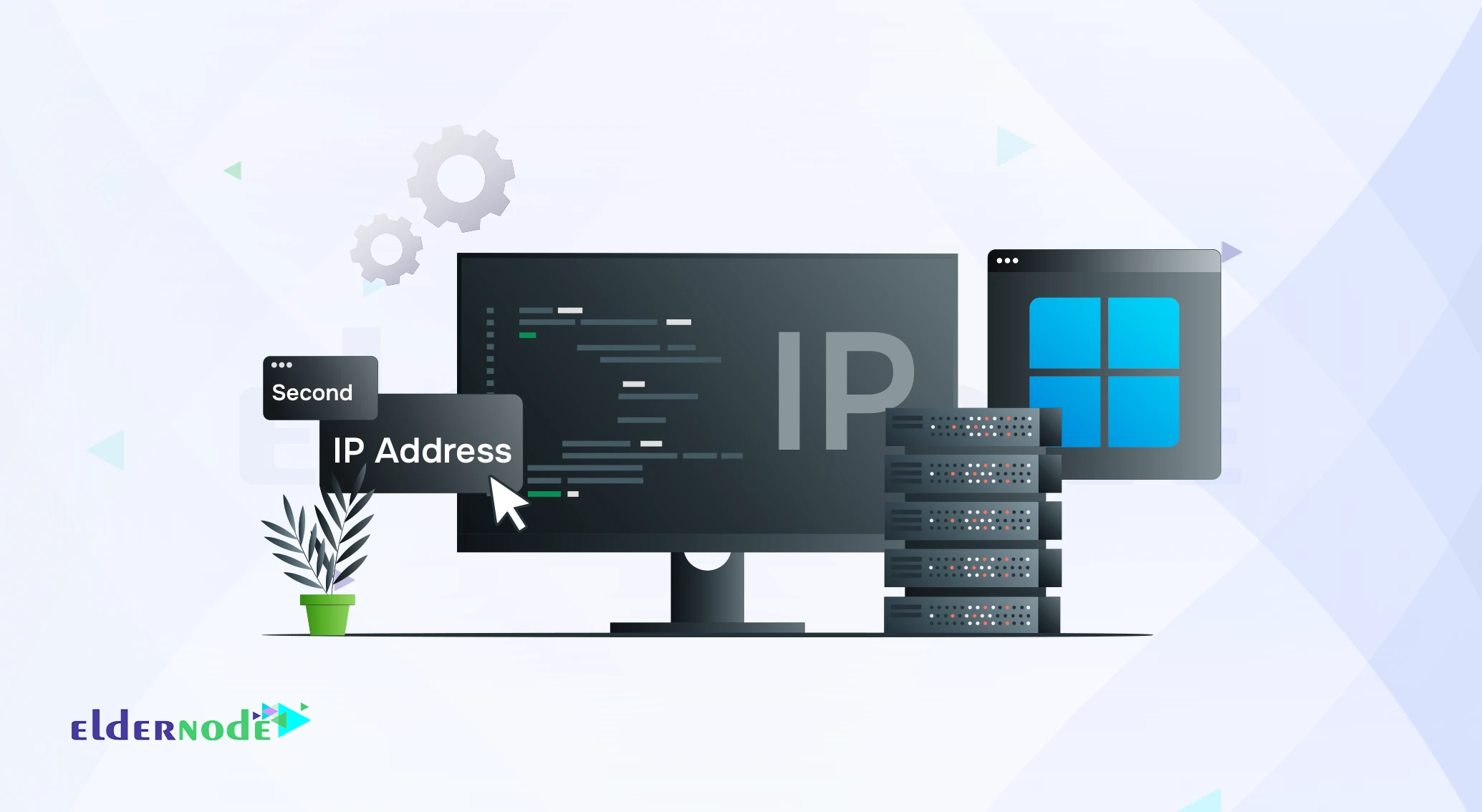How to Update Debian to the Latest Kernel

In this tutorial, we will outline the process of How to Update Debian to the Latest Kernel. It is important to keep your operating system updated because it will help you fix your bugs, enhance security measures, and so much more.
Updating your Debian to the latest kernel might sound overwhelming, but we, we will provide the easiest method available to help you achieve your goal effortlessly.
What are the Benefits of Updating Kernel?
Updating Kernel is important for many reasons, updating them means you secure them against threats. If you are using newer hardware, you can not just use old kernels; you need to update them because if you try to use old version kernels using new hardware it will not probably work. Also, kernel updates help you to fix the bugs and close security holes.
6 Steps to Update Debian to the Latest Kernel
Here are six easy steps to Update Debian to the Latest Kernel, Make sure to apply the changes provided in each step to successfully update your kernels.
Step 1: Check the current Kernel version
Before making any changes, check the current Kernel Version by using the command below.
uname -a
Step 2: Add the Backports Repository
Navigate to the address below to add the latest version that is available in Backports.
echo "deb http://ftp.debian.org/debian/ stretch-backports main non-free contrib" >> /etc/apt/sources.listapt-get update
Run the following command to find out your Debian version’s codename.
grep VERSION_CODENAME /etc/os-release
Add Backports Repository by running the command below but make sure to replace [code name] with your Debian version’s code name.
echo "deb http://deb.debian.org/debian bookworm-backports main" | sudo tee /etc/apt/sources.list.d/backports.list
Refresh your package list to include the backports repository.
sudo apt-get update
Step 3: Look for the available Kernel Versions
By entering the following commands and searching for the available Kerner Versions, the output will show a list of available kernel versions.
apt search linux-headers
Step 4: Install New Kernel
Install the desired Kernel version by replacing the version. You can see a list of available versions by searching it on their main website.
apt install linux-headers-[version number]-bpo.1 linux-image-[version number]-bpo.1
Step 5: Update GRUB & Reboot
The installation process will automatically update GRUB if you don’t know what GRUB is. It is a program on Linux that manages the boot program. You need to reboot your system to load the new Kernel.
sudo reboot
Step 6: Verify the new Kernel
Once you have rebooted your system, verify that the new Kernel is in use.
uname -r
There are all of the six steps to Update your Kernel, but there are still some important notes to consider. Pay attention to always back up your important data before making any changes. Also, test your system stability after updating.
Conclusion
This article outlined the importance of updating the kernel along with a step-by-step guide on How to update Debian to the latest Kernel. Updating the kernel is crucial for enhancing security and optimal performance. By following the six easy steps provided in this article, you can easily update your kernel and enjoy its benefits!
You Might Also Enjoy
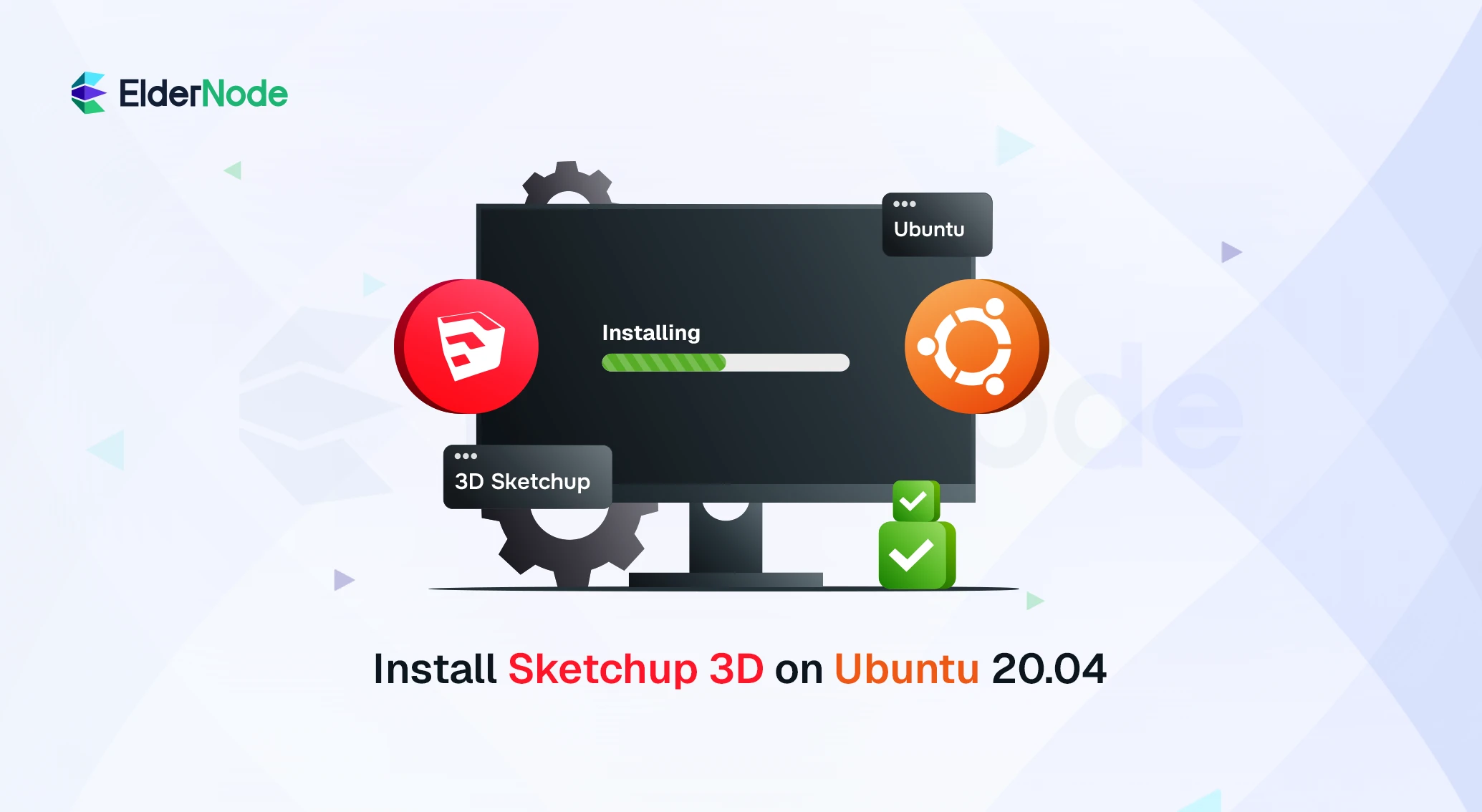
How to Install SketchUp 3D on Ubuntu 20.04 (Wine Method)

Fix: "zsh: command not found: nvm" Error on Mac
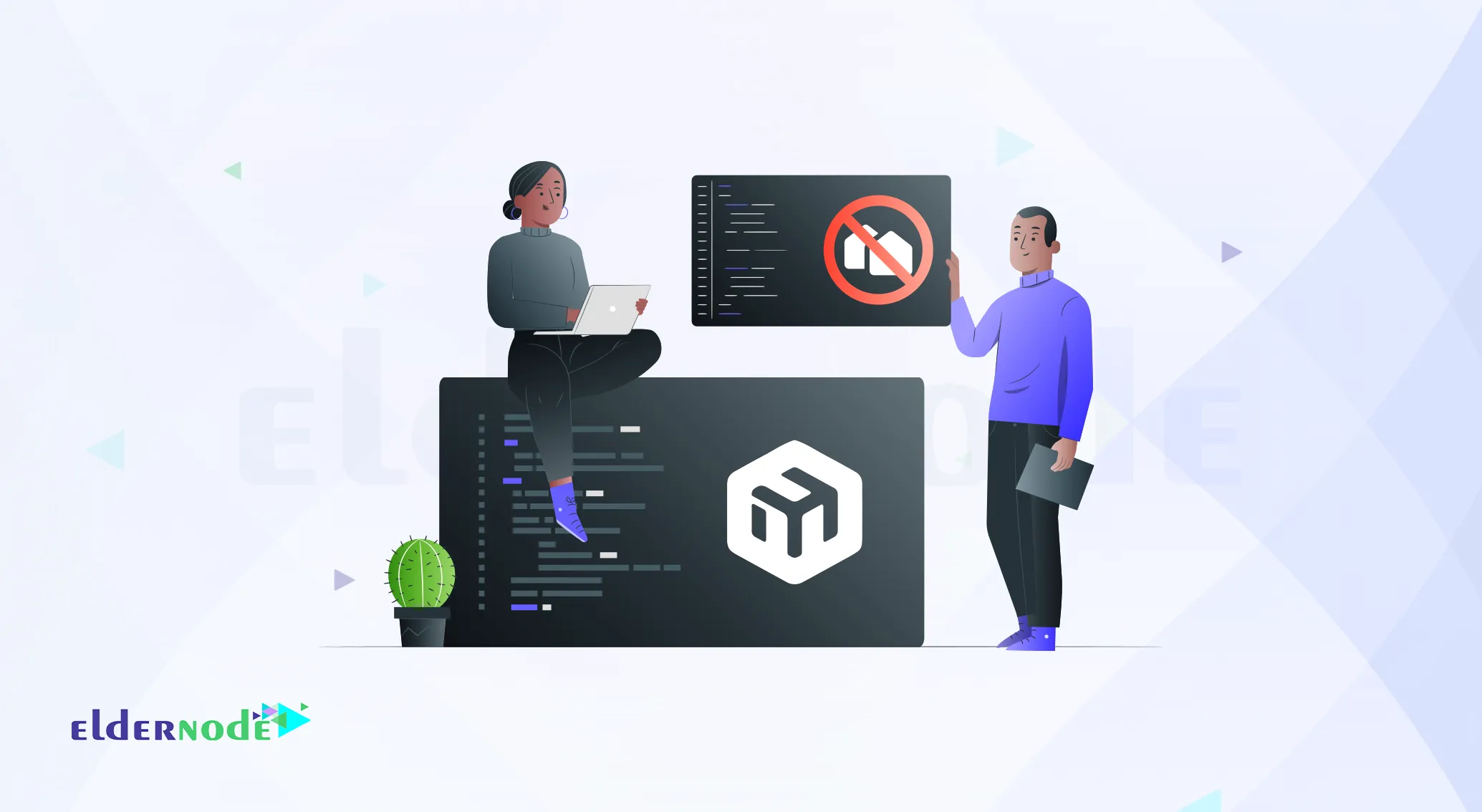
How To Block Neighbor Discovery On MikroTik (Complete Guide)
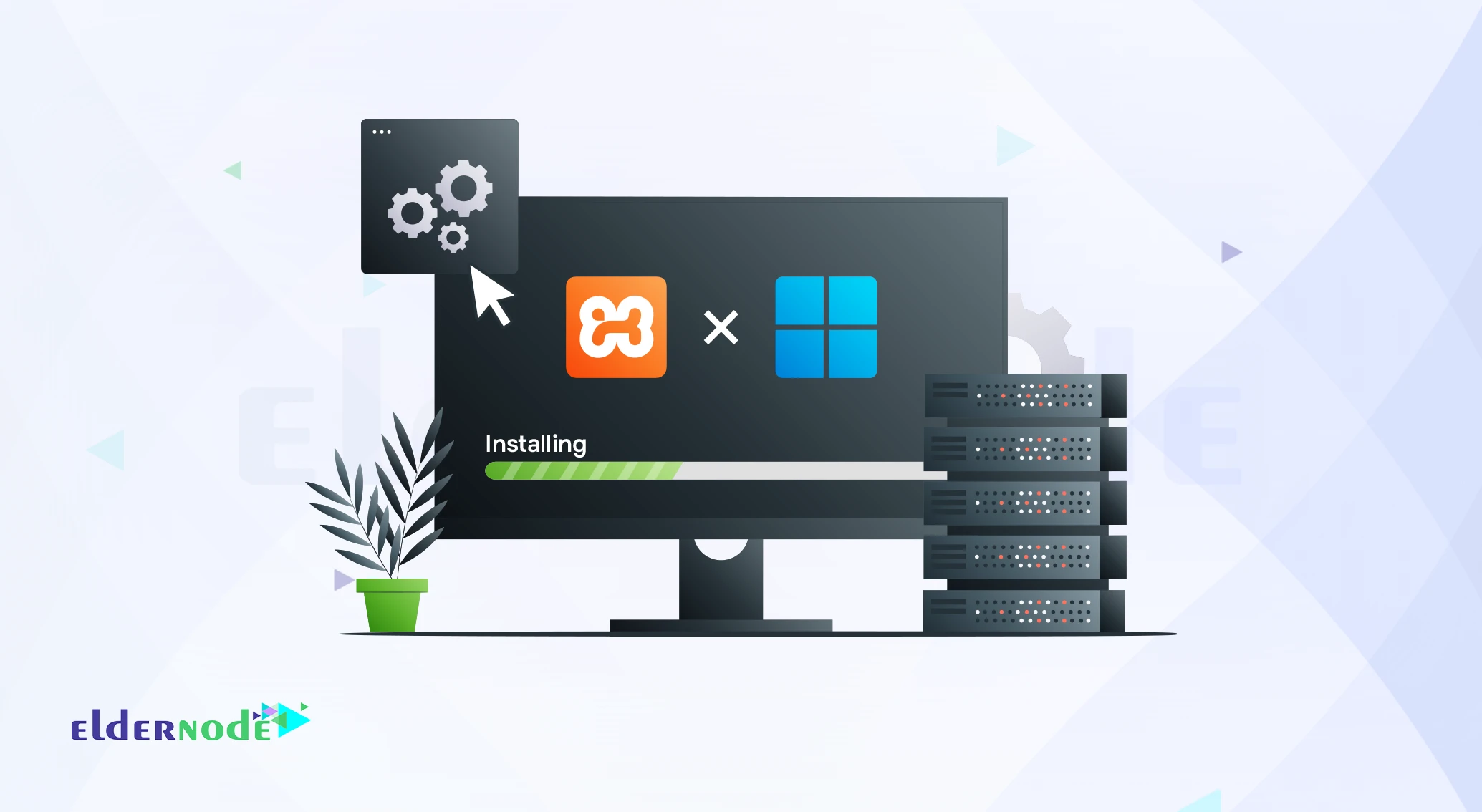
How to Install XAMPP on Windows 10: A Step-by-Step Guide

How to Install and Use Sipvicious on Kali Linux [Complete Gu...

How to Install LDAP Client on CentOS 7 and 8 (Step-by-Step)
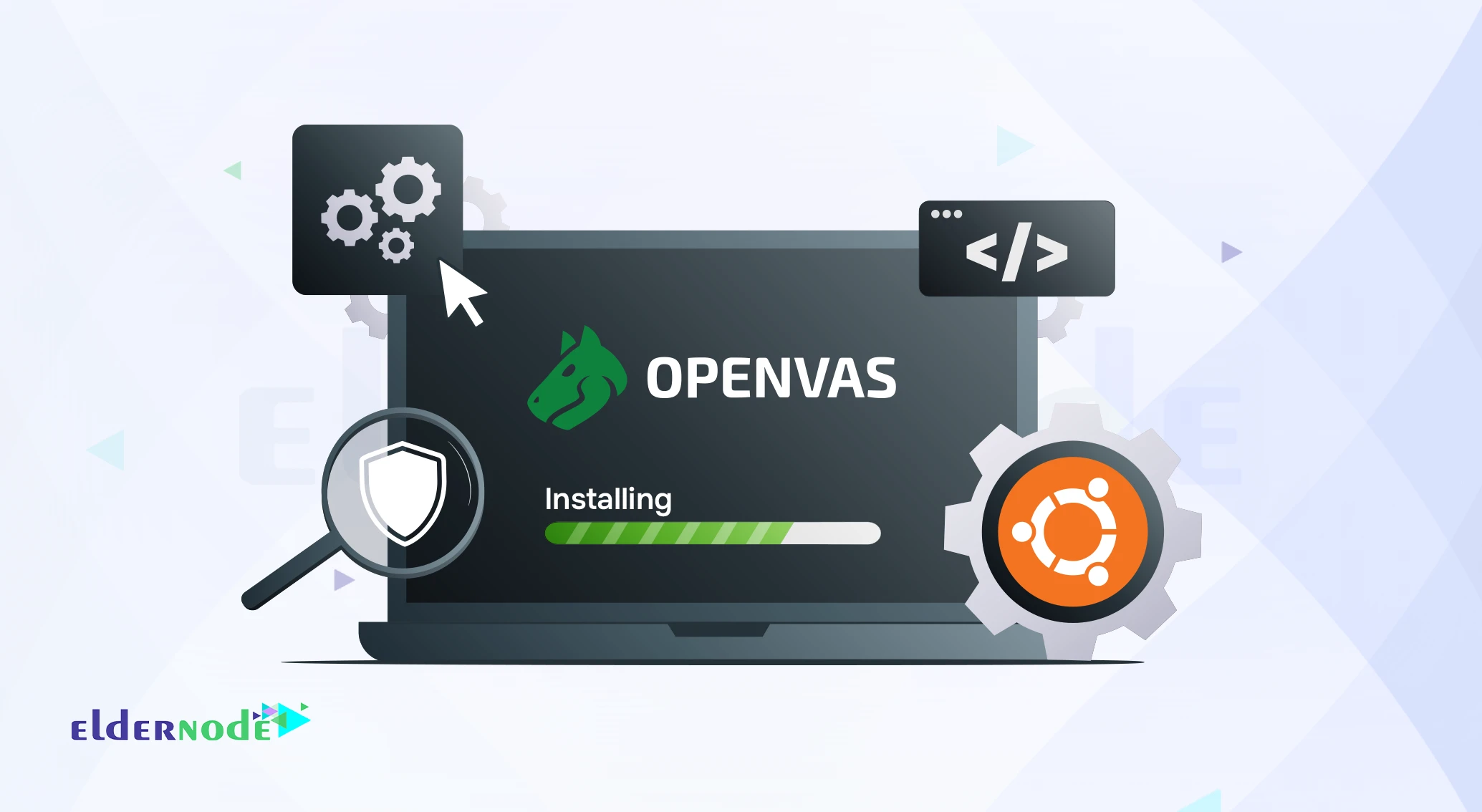
How to Install and Configure OpenVAS on Ubuntu 20.04
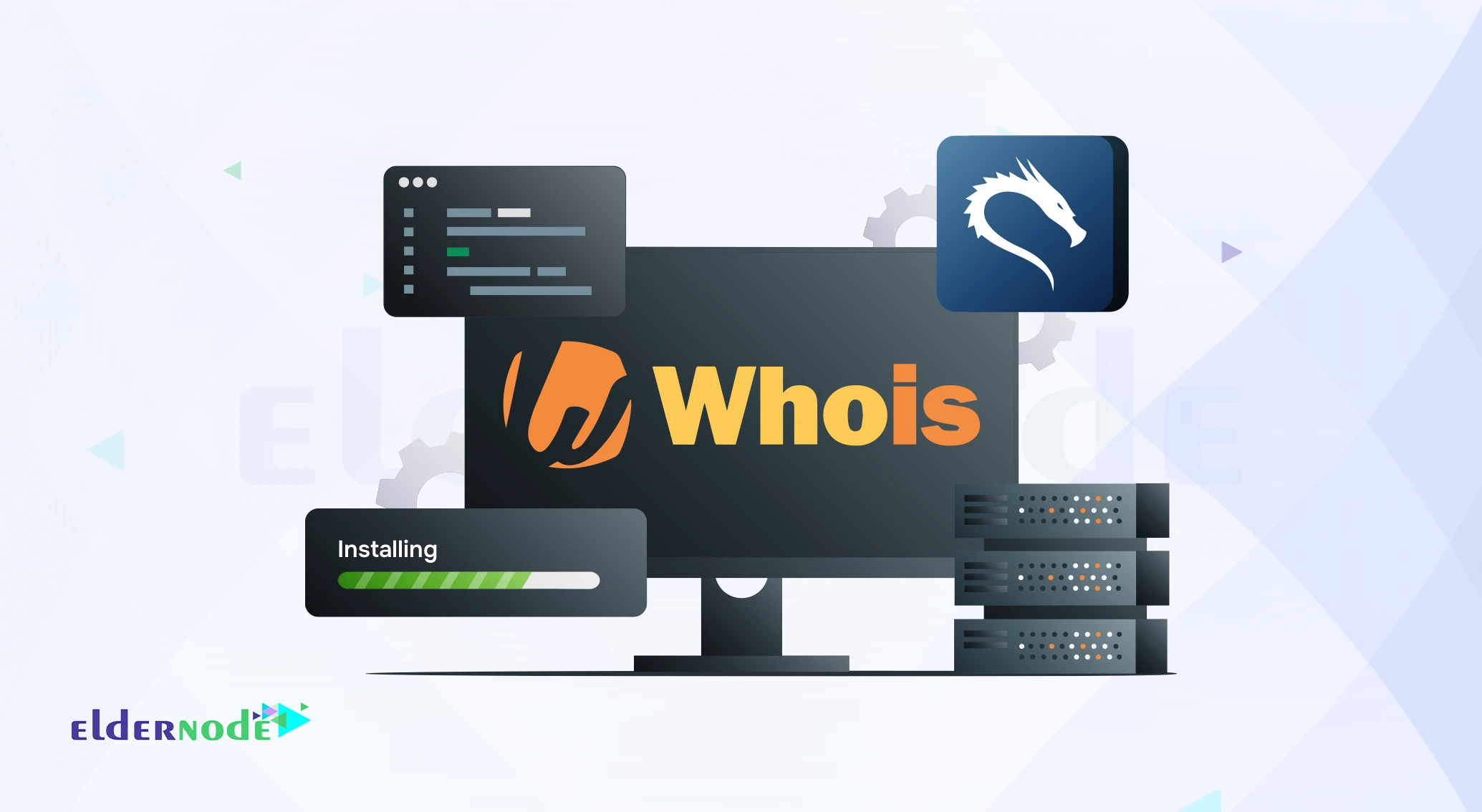
How to Install and Use Whois on Kali Linux [Complete Guide]
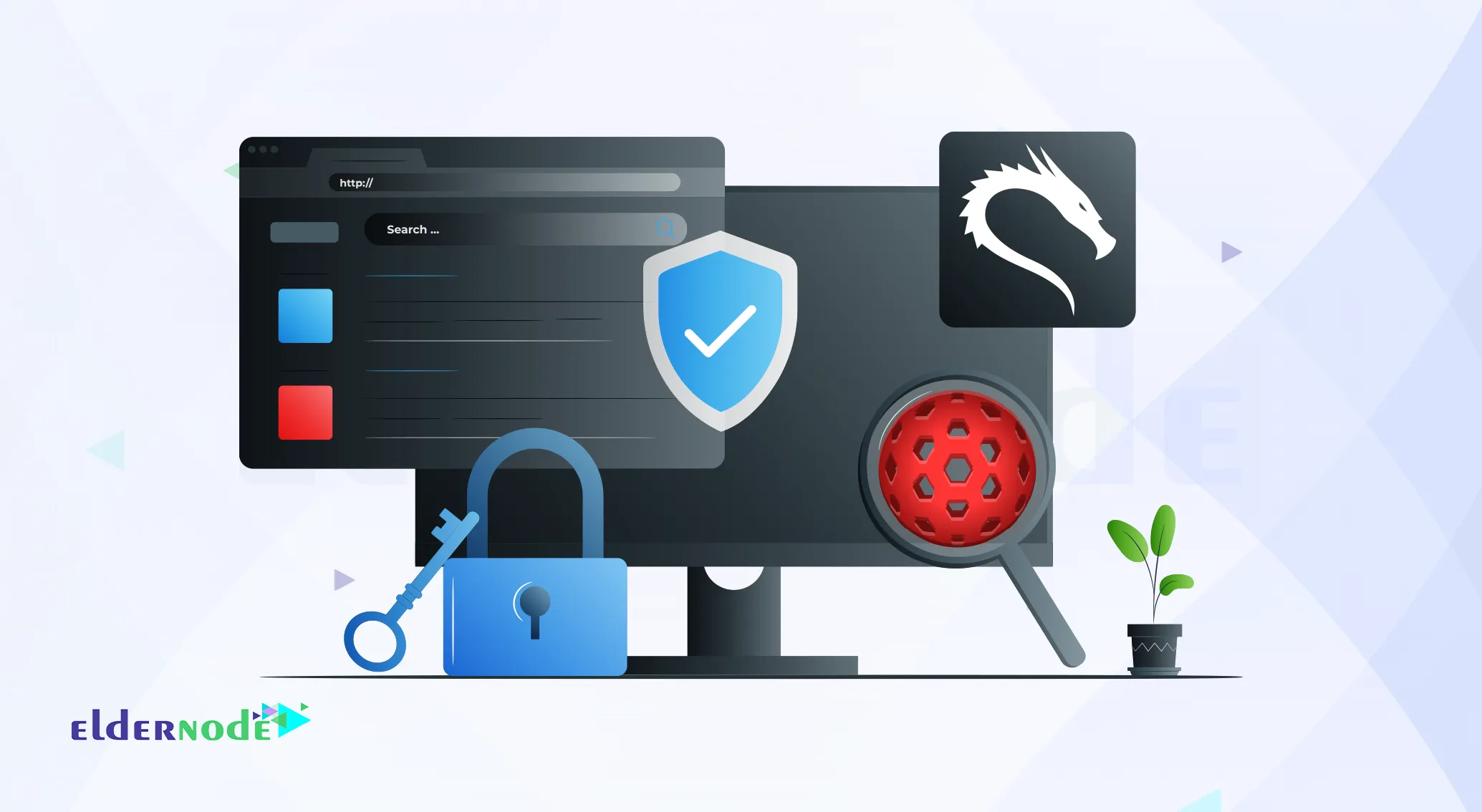
How to Scan a Website with Vega on Kali Linux (Step-by-Step)
